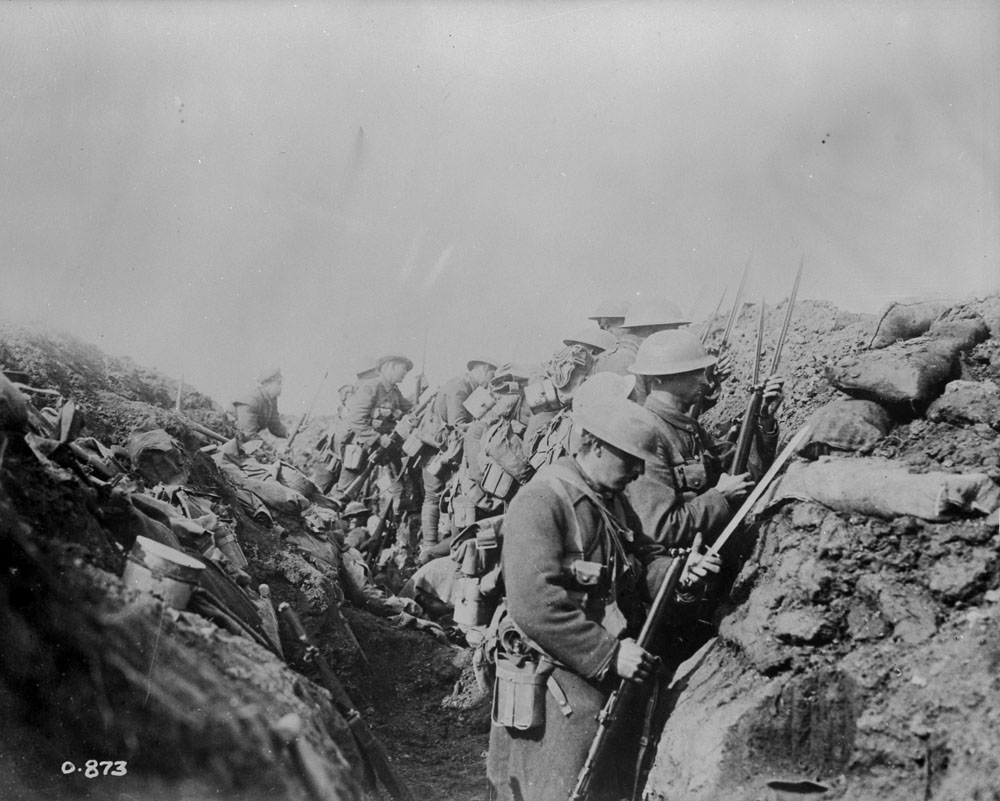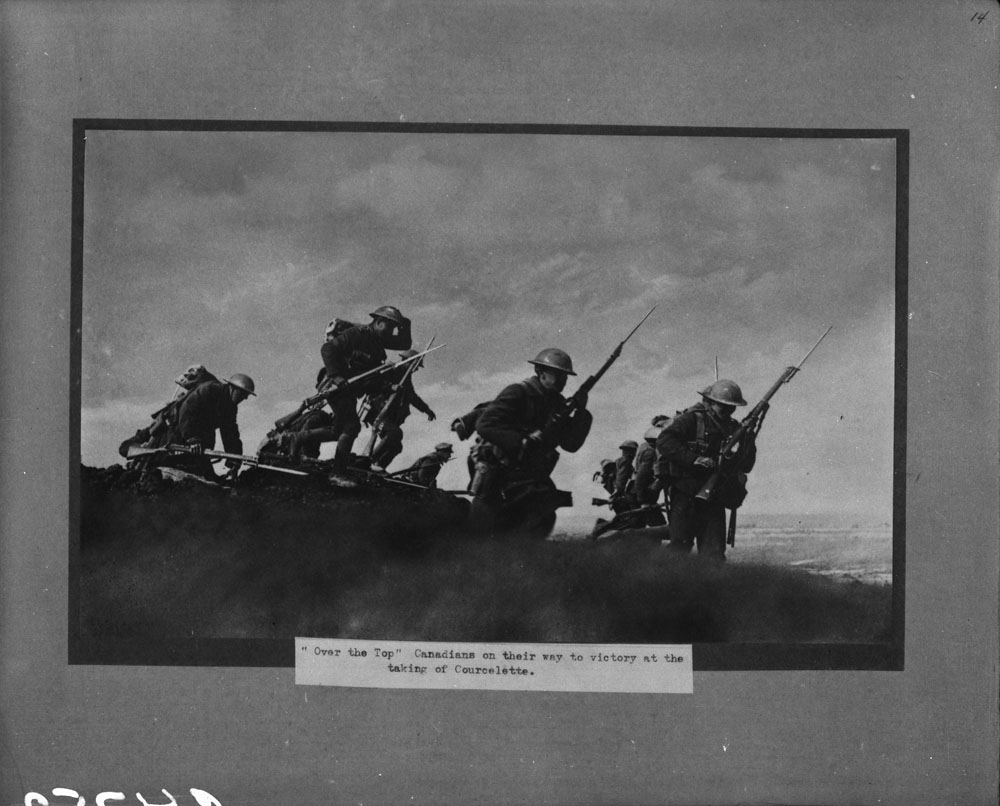
I spend most of my time analyzing how #VimyRidge was represented in photographs, but every now and then I have to turn to text too.
A few things to point out in this 1917 article from the Canadian War Pictorial 👇🏻

A few things to point out in this 1917 article from the Canadian War Pictorial 👇🏻

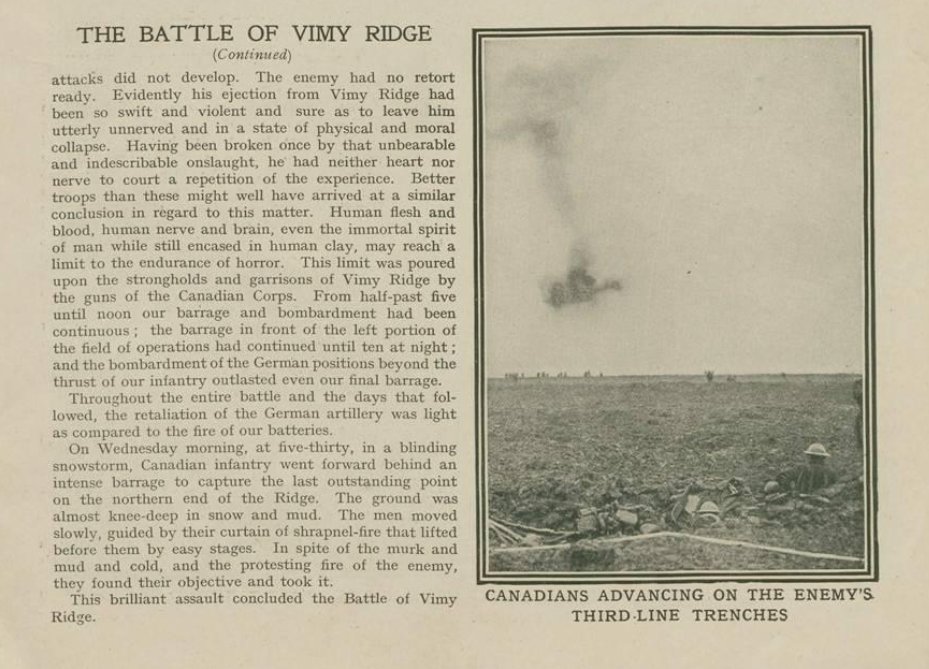
One thing to admit: this is only one report of the battle but it was written by the Canadian War Records Office, and who was more likely to aggrandize this event than the Canadians who produced wartime propaganda?*
*Propaganda meant something v different in 1917. You can thank the SWW & rise of fascism for that.
The Canadian War Pictorial, an illustrated magazine, included 4 numbers between 1916-1918. It was published by the Canadian War Records Office, the org that employed photographers. 
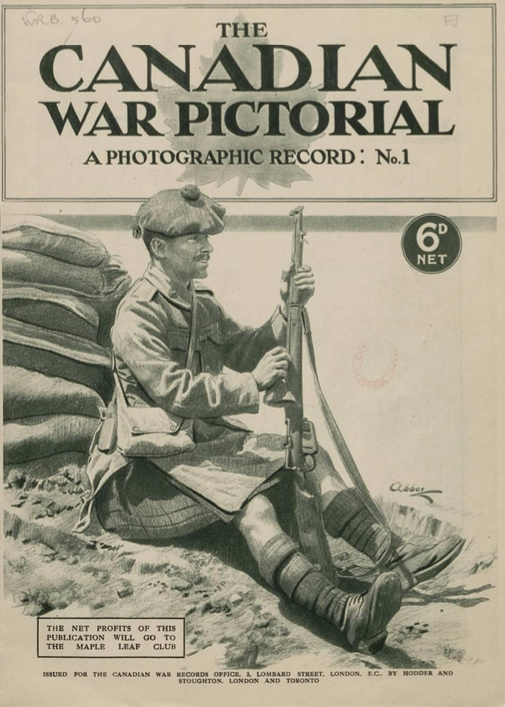
If I'm not mistaken, each number sold out pretty quickly. They also produced other publications, including the classic Beaverbrook 3-parter, Canada in Flanders, and 3 numbers of Canada in Khaki, a larger publication with fewer images and more articles and poems. 

There are lots of different options for downloading Canada in Flanders (for free) here:
archive.org/search.php?que…
archive.org/search.php?que…
The above article comes from the third number of the CWP. The first showed Knobel's photographs from the spring/summer 1916, and the second featured Castle's photographs from the fall. Over the Top was on the cover. 
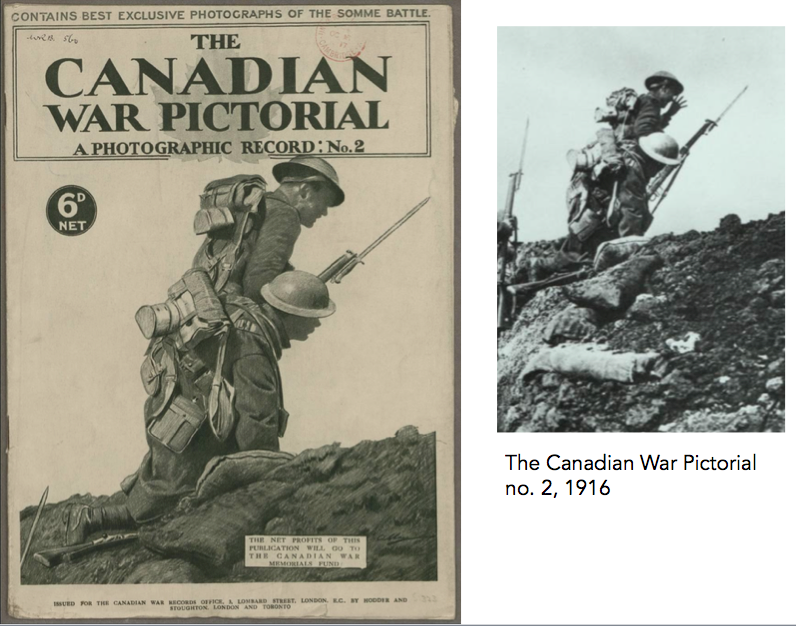
Download the first number of the Canadian War Pictorial here, from our friends at @wartimecanada. Make sure to give them a follow and check out there amazing website, full of primary sources.
wartimecanada.ca/sites/default/…
wartimecanada.ca/sites/default/…
ANYWAYS - since this was a product of Canada's visual propaganda wing we could assume that the text would be wildly optimistic in favour of the Canadians and their success. 

While the details of the battle are pretty vague, it does mention that Vimy was not a walk-over, especially not for all of Canada's 4 divisions.
The use of the word "feeble" to describe some of the German defences actually comes straight out the war diaries.
The use of the word "feeble" to describe some of the German defences actually comes straight out the war diaries.
It talks about the battle conditions that we've come to associate with Vimy - especially the snow.
(I would say rain and mud figure more readily into the photographs. That's probably because of Castle more than anything).
(I would say rain and mud figure more readily into the photographs. That's probably because of Castle more than anything).
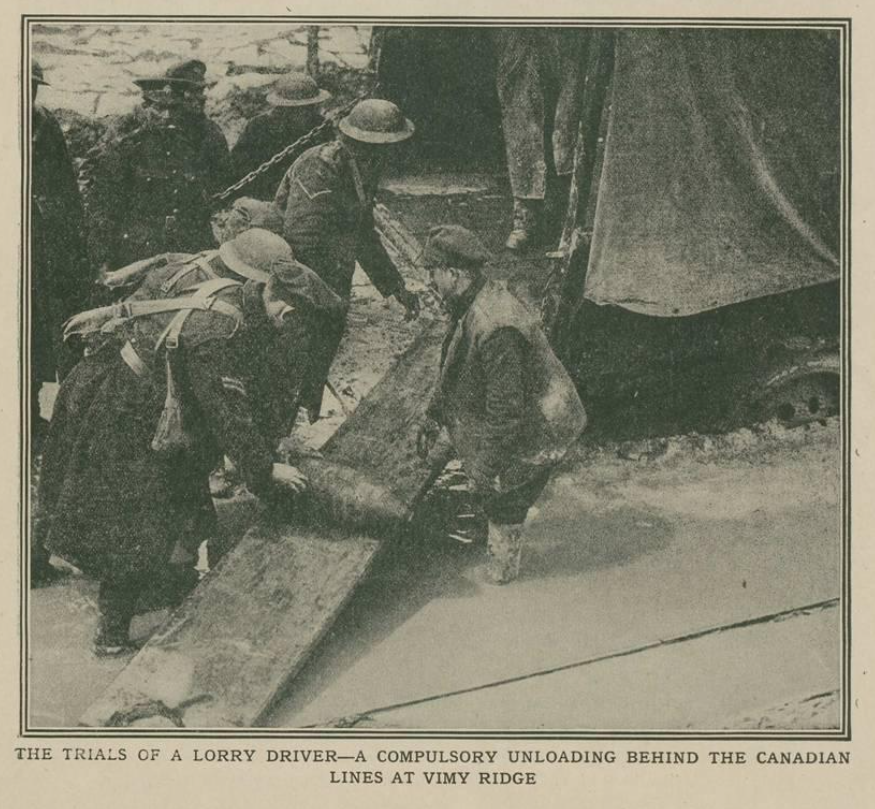
But is the public image of the battle that we hear about relentlessly today present in this particular article?
I would argue that it is not, in fact, present in any large quantity.
I would argue that it is not, in fact, present in any large quantity.

(I like that above picture because you can see that the figures have been outlined to better show up in newsprint).
It mentions that the Canadian Corps were the ones to take the Ridge, but it does NOT state implicitly that this was the first battle to include all four divisions.
There is no talk of the "birth of a nation" or the creation of a national identity.
There is no talk of the "birth of a nation" or the creation of a national identity.
There IS a mention of how the French once bombarded the Ridge, but no overt talk of "we succeeded where our allies failed."
It does indeed gloss over the number of casualties (Vimy being the worst day in the history of the Canadian Corps). 
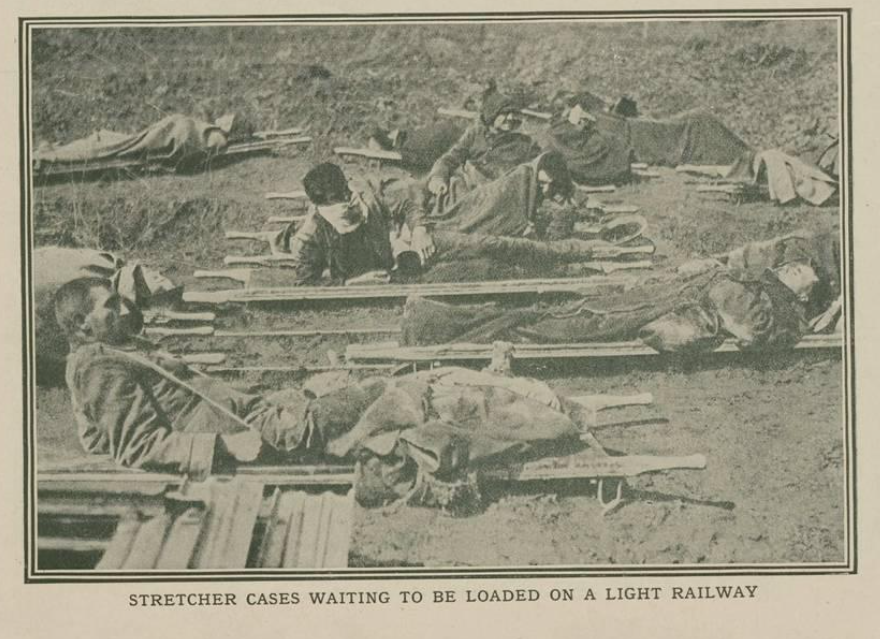
So, this is just 1 example of how our perceptions of the Vimy Ridge that are prevalent today are not necessarily rooted in the immediate reportage after the battle. Instead, they've been shaped as a result of more than 100 years of oral/visual representation.
Happy Friday!
Happy Friday!
• • •
Missing some Tweet in this thread? You can try to
force a refresh






